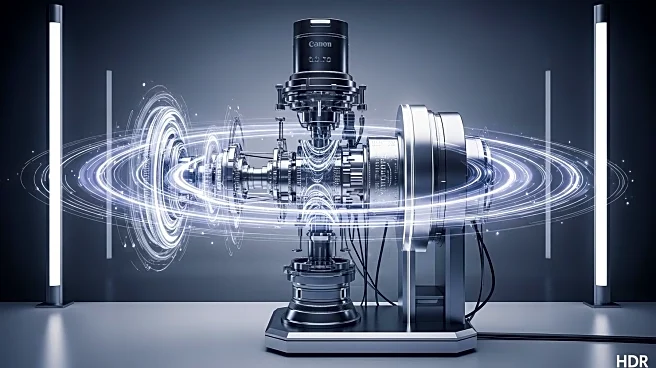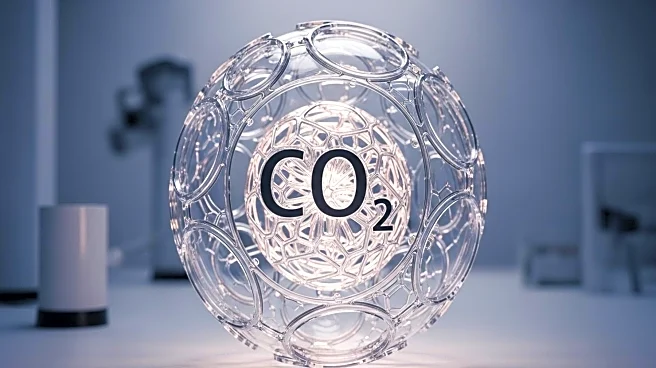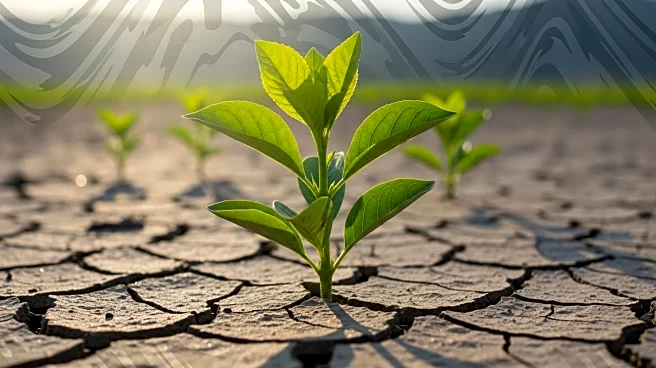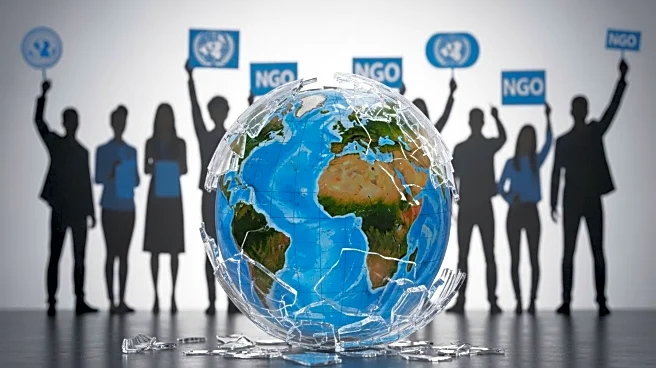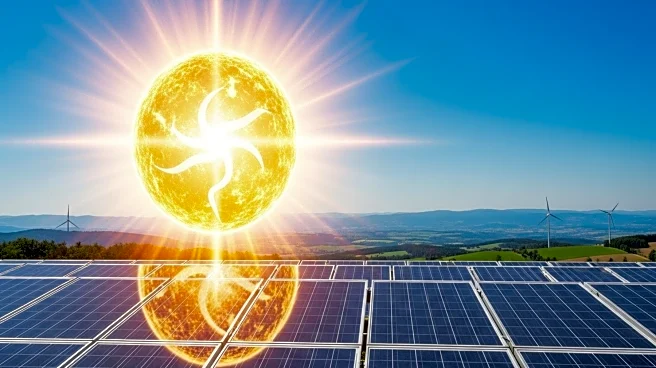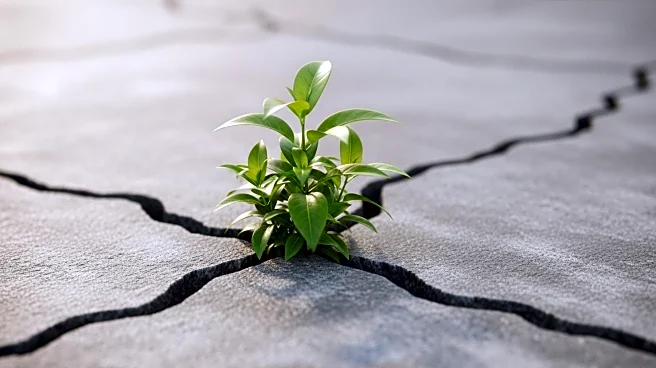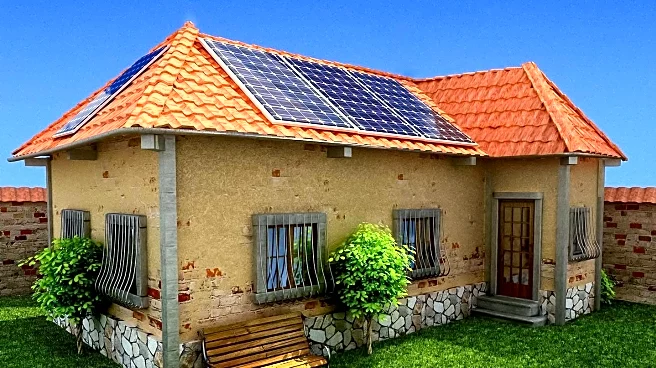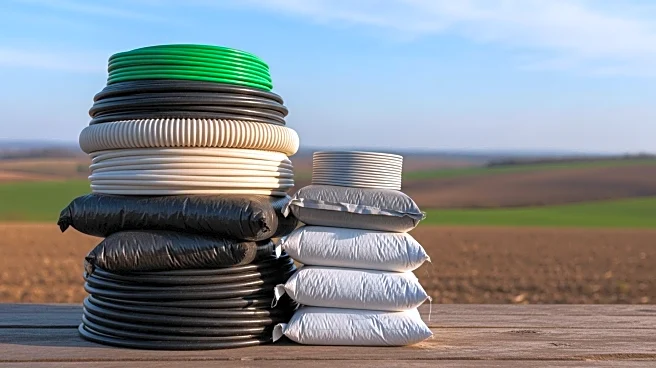What's Happening?
Researchers at the University of Copenhagen have developed a method to convert plastic waste into a material that efficiently captures CO2, addressing both plastic pollution and climate change. The process involves transforming decomposed PET plastic into a new material called BAETA, which can absorb CO2 from the atmosphere. This innovative approach not only prevents plastic waste from polluting the environment but also contributes to climate mitigation by reducing greenhouse gases. The BAETA material is designed to be used in industrial plants, where it can cleanse exhausts of CO2, offering a sustainable solution to two major global challenges.
Why It's Important?
This development is significant as it offers a dual solution to the pressing issues of plastic pollution and climate change. By converting plastic waste into a resource for CO2 capture, the method provides an economic incentive to clean up oceans and landfills, potentially transforming environmental waste into a valuable asset. The scalability and efficiency of the BAETA material could lead to widespread adoption in industrial settings, reducing carbon emissions and promoting sustainable practices. This innovation highlights the interconnectedness of environmental problems and the potential for integrated solutions.
What's Next?
The researchers are focused on scaling up production of the BAETA material and attracting investments to make the technology commercially viable. They aim to implement the material in real-life industrial carbon capture plants, which could lead to significant changes in how industries manage emissions. The success of this venture depends on persuading decision-makers to invest in the technology, which could ultimately drive large-scale environmental and economic benefits.
Beyond the Headlines
The method developed by the University of Copenhagen challenges the traditional view of environmental issues as separate problems. By integrating solutions for plastic waste and CO2 emissions, it encourages a holistic approach to sustainability. The technology also complements existing recycling efforts by targeting plastic that is difficult to recycle, fostering collaboration rather than competition in environmental initiatives.
